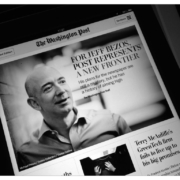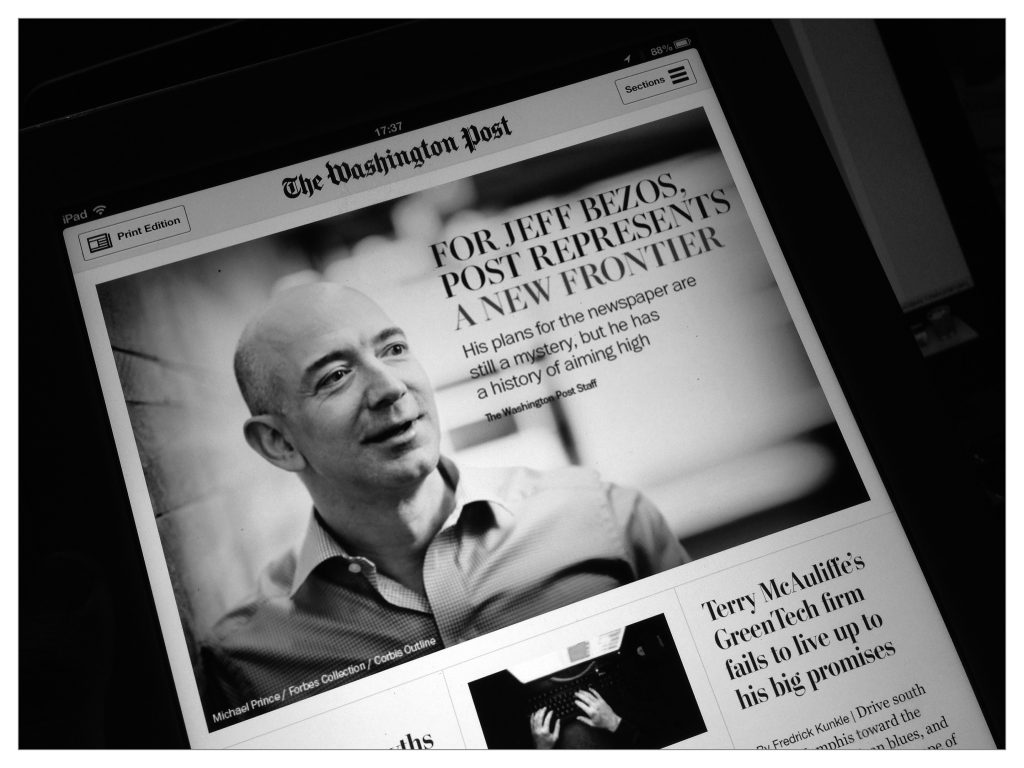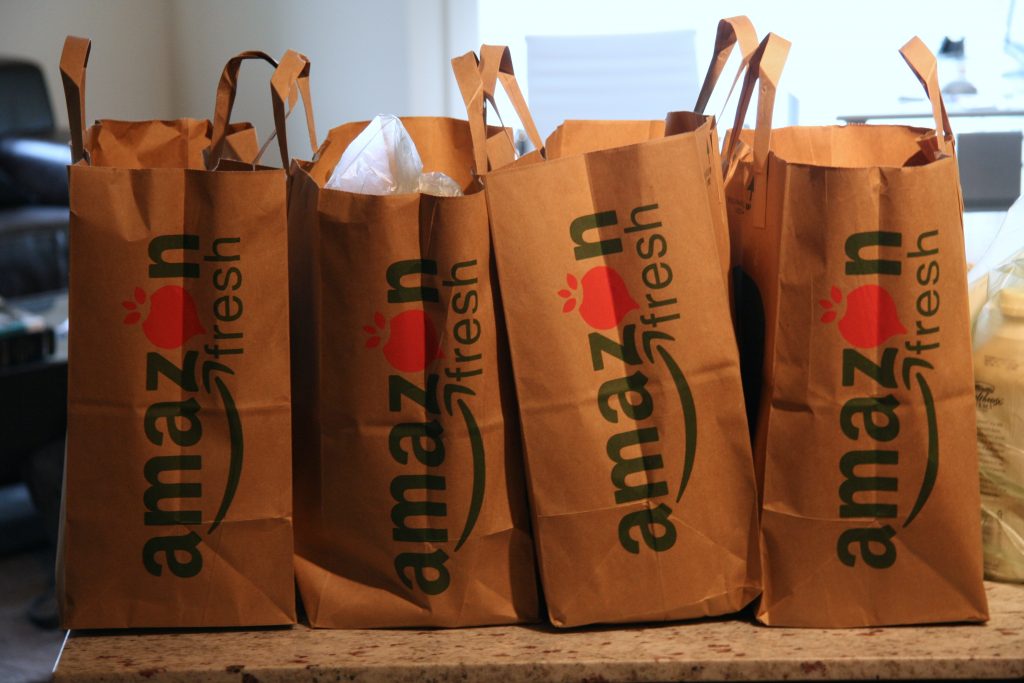In 2013, Amazon CEO Jeff Bezos bought the Washington Post. (Granted, he bought it personally instead of via Amazon, but it’s still relevant to the Amazon/Whole Foods story.) At the time, the paper was facing a steady decline and staff layoffs, as most newspapers were, and its online presence was stagnant. Bezos got involved with the business side and its technology—no surprise there—and he didn’t interfere with editorial direction.
Nieman Lab has a transcript from an interview with a Post staffer who talked about the bots they now use to help run the business, deliver news, provide information for stories, and even automate the writing of basic stories. The content management system they built works so well that other news outlets license it from them. And there’s an energy in the Post’s reporting that I haven’t seen in a long time. This is cool stuff.
Web traffic doubled and 1,200 stories are posted per day—500 of them original— outpacing their competitors, including The New York Times.
I think Bezos’s game plan for the Post hints at how Amazon will manage its new supermarket chain.
Refocusing on consumers
Bezos has told staff at the Post to “focus on the reader.” Whole Foods could stand to remember its core shoppers, those consumers who are drawn to Whole Foods’ core values. Some long-time fans feel that the chain has catered too much to a broad market and made less visible their adherence to the core values of environmental protection and support for organic farming. The New York Times wrote about this worry 10 years ago, when Whole Foods had become a “mega-chain” of 303 stores (which has now grown to 431), with “gelato stands, chocolate fountains and pizza counters.”
Legions of shoppers live within proximity of Whole Foods stores but have an aversion to their prices. Clearly, Whole Foods has tried to cater to this audience but delivered mixed messages. They have alternately highlighted the reasonable prices of their store brand items while also creating high-quality, indulgent offerings for those who are indifferent to prices. That juxtaposition has made it hard for shoppers to believe the low-price message.
I believe Amazon will re-focus on Whole Foods’ core values, making noticeable changes in its product assortment to win back true believers who have become alienated. At the same time, they will look closely at the offerings geared toward consumers looking for a more general grocery offering. Can they offer delicious food while respecting the company’s core values, at reasonable prices? And without a doubt, Amazon will reinvent the supply chain — more on that soon — and Whole Foods’ IRMA system, the back-end technology that is universally despised, not unlike the back-end systems at most supermarkets.
How should Whole Foods’ suppliers position themselves for the changes that are bound to happen?





